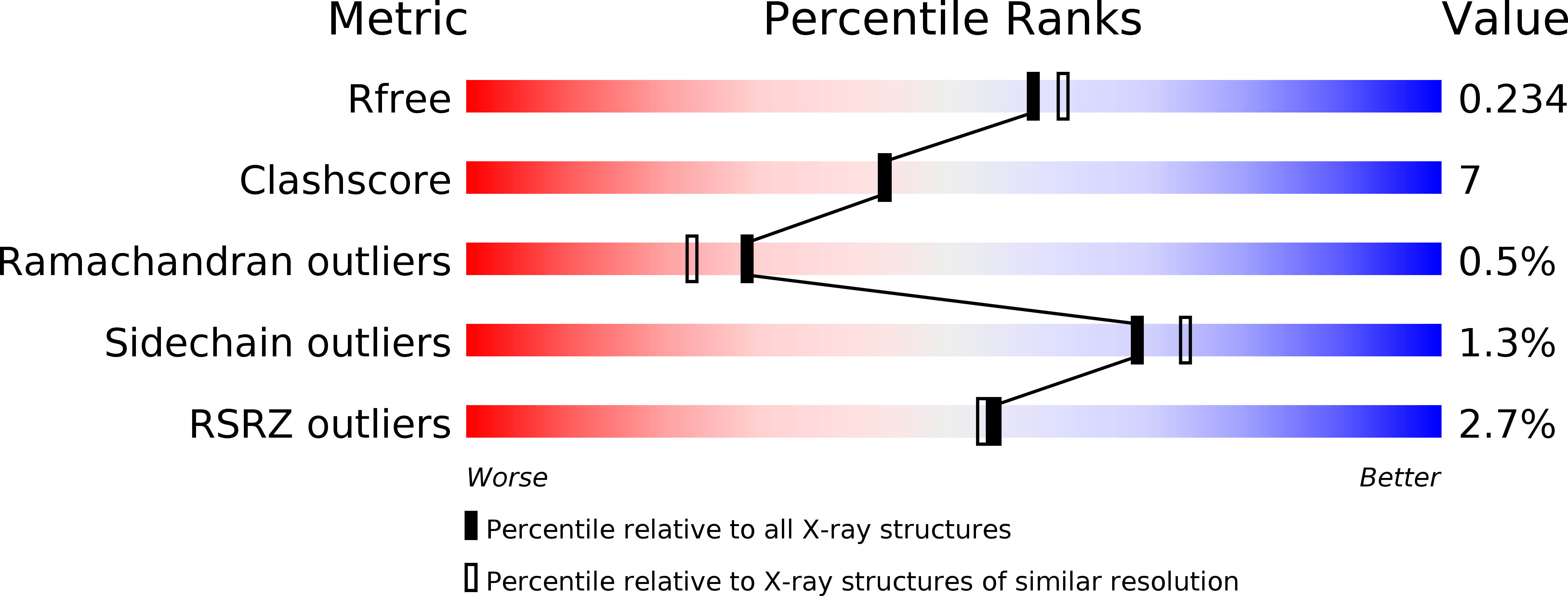
Deposition Date
2017-10-22
Release Date
2018-10-24
Last Version Date
2024-10-23
Entry Detail
PDB ID:
5YMW
Keywords:
Title:
Crystal structure of 8-mer peptide from Rous sarcoma virus in complex with BF2*1201
Biological Source:
Source Organism:
Gallus gallus (Taxon ID: 9031)
Rous sarcoma virus - Prague C (Taxon ID: 11888)
Rous sarcoma virus - Prague C (Taxon ID: 11888)
Host Organism:
Method Details:
Experimental Method:
Resolution:
2.00 Å
R-Value Free:
0.23
R-Value Work:
0.19
R-Value Observed:
0.19
Space Group:
P 1 21 1


